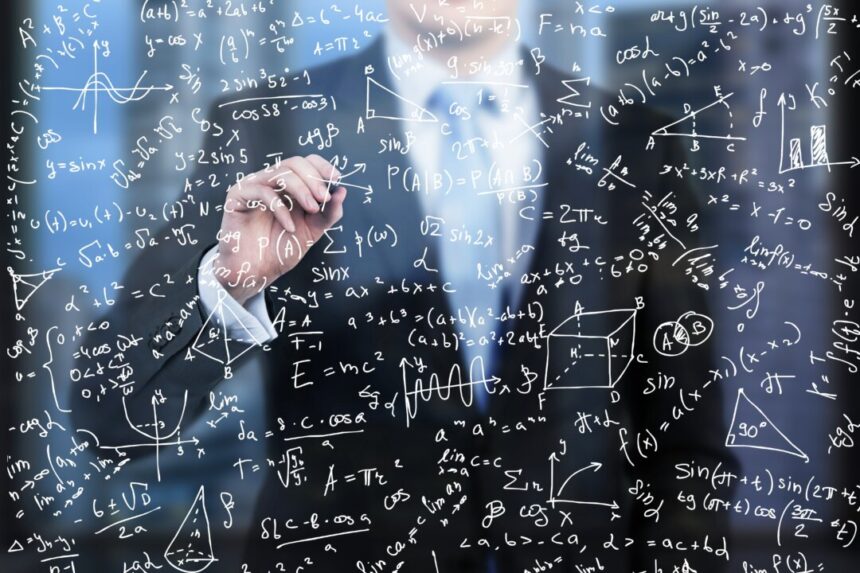Commentary
When economists assess the state of an economy, they often turn to a widely-used metric known as Gross Domestic Product (GDP). GDP measures the total value of final goods and services produced within a specific timeframe, typically a quarter or a year.
However, relying on GDP assumes that consumption, rather than production, is the primary driver of the economy. It emphasizes the demand for final goods and services, with consumer spending playing a significant role. This approach overlooks the various stages of production that precede the creation of final goods.
Furthermore, the focus on GDP implies that goods and services are solely driven by consumer demand. In reality, the availability of resources to meet consumer needs is crucial. This necessitates real savings, which ultimately determine future economic growth. Without sufficient savings to support infrastructure development, economic progress may be hindered.
GDP creates the illusion of an autonomous “economy” separate from individual activities. In truth, the economy is a product of individual actions, and GDP fails to distinguish between wealth creation and capital consumption. By aggregating final goods and services, GDP perpetuates the myth of an independent economy.
GDP and the Real Economy—What Is the Relationship?
The calculation of real GDP presents challenges, as adding diverse goods and services requires a common unit of measurement. Economists often resort to monetary expenditure and average prices to estimate real output. However, this method has limitations.
For instance, establishing an “average price” by combining disparate ratios, such as the price of a TV set and a shirt, is inherently flawed. This inability to determine a meaningful average price undermines the accuracy of GDP calculations.
The complexity of determining an average price underscores the arbitrary nature of price indices used in GDP calculations. If price deflators lack meaning, so does the real GDP metric.
Even government statisticians acknowledge the limitations of GDP. According to J. Steven Landefeld and Robert P. Parker from the Bureau of Economic Analysis, real GDP is an analytic concept that cannot be directly observed or collected.
Essentially, the concept of real GDP fails to capture the dynamic nature of wealth creation in a market economy. It overlooks the individual efforts that drive economic activity and incorrectly portrays a unified “national output.” As such, real GDP lacks a solid foundation in reality.
Therefore, reports of economic growth based on real GDP figures may not accurately reflect genuine progress. Instead, fluctuations in GDP often mirror inflationary monetary policies, as the metric is influenced by changes in the money supply.
The strong growth rate of real GDP may actually indicate a weakening in true wealth formation. Economic growth, as measured by GDP, is closely tied to fluctuations in the money supply growth rather than actual wealth creation. This type of information may not be useful to entrepreneurs in a free market, where profit and loss are the key indicators. However, when government intervention occurs, GDP becomes important as it influences fiscal and monetary policies. Despite its popularity among governments and central banks, GDP does not provide meaningful information about the real economy and can lead to a false impression. A strong GDP growth rate is often associated with the depletion of real savings, making it harder for individuals to make ends meet.
Source link






